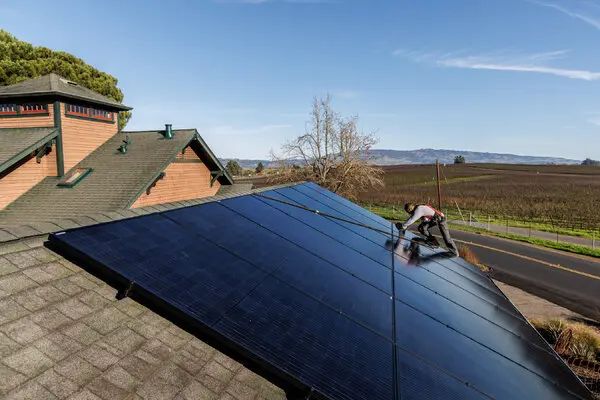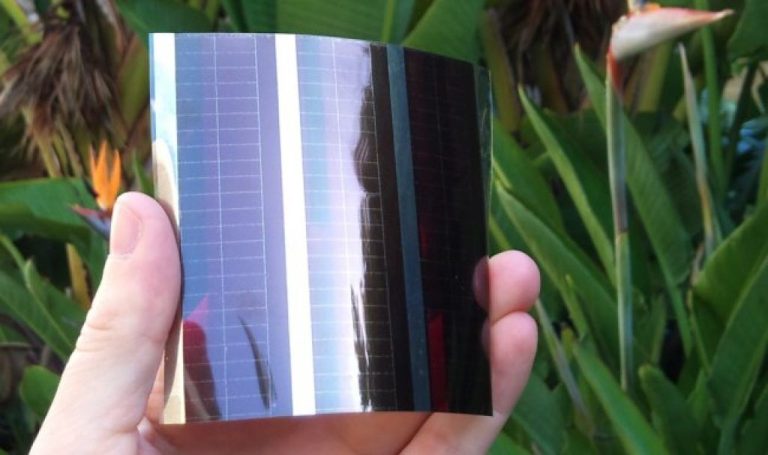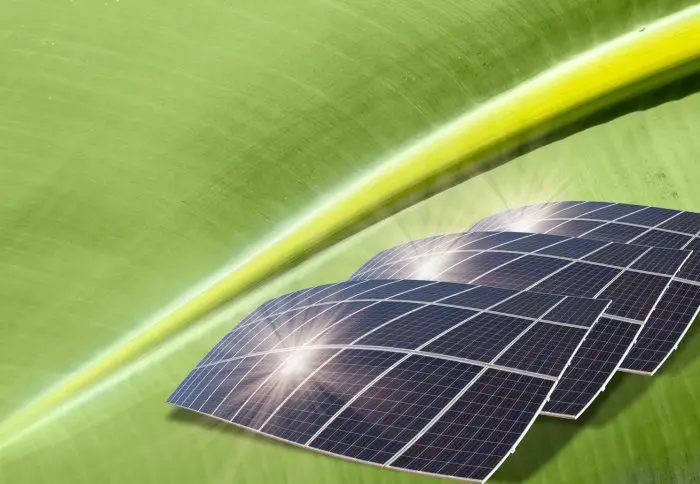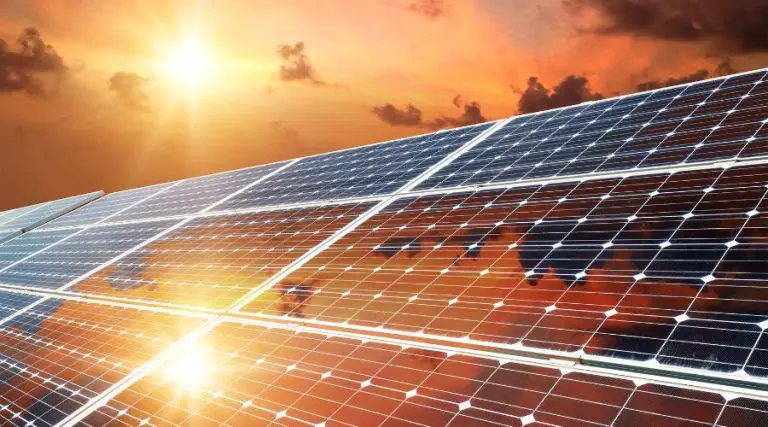The Future Of Solar Energy: Advancements And Innovations
Solar energy is not new. Its history goes back to the 19th century when it was discovered that some materials could generate electricity when exposed to sunlight. The first practical application of solar energy came in the 1950s when solar panels were used to power satellites. By the 1970s, solar panels were being used for other applications like powering homes, traffic signals, and more. However, solar energy did not really take off until the early 2000s due to a dramatic decrease in the cost of solar panels as well as government incentives. Since 2000, solar energy capacity has increased exponentially around the world. Total global solar capacity went from 1.5 gigawatts in 2000 to over 500 gigawatts by the end of 2018. Many experts predict that solar energy will become the world’s largest source of electricity by 2050 as costs continue to fall and storage technology improves. The future is certainly bright for this clean, renewable energy source.
Improving Solar Panel Efficiency
One of the most important areas of innovation in solar technology is improving the efficiency of solar photovoltaic panels. The efficiency of a solar panel refers to what percentage of sunlight hitting the panel gets converted into usable electricity. Today’s conventional solar panels on the market typically have efficiencies around 15-20%. However, researchers are making significant advancements in developing new materials and manufacturing processes to increase efficiency.
One promising area is using new semiconductor materials like perovskites that have the potential to boost efficiency above 30%. Traditional solar panels use silicon, but perovskites and other novel materials can absorb sunlight better. Another advance is stacking multiple solar cells together, like a tandem system, to capture a broader spectrum of light wavelengths. Thin film solar technology also provides gains in efficiency through novel deposition techniques and materials.
On the manufacturing side, new laser processes, Passivated Emitter Rear Cells (PERC), and other innovations allow more sunlight to be converted into electricity. As these new materials and techniques scale up from lab to commercial production, installed solar capacity can dramatically increase without needing more physical space. With every percentage gain in panel efficiency, the power output of solar energy grows exponentially.
Advancements in Solar Energy Storage
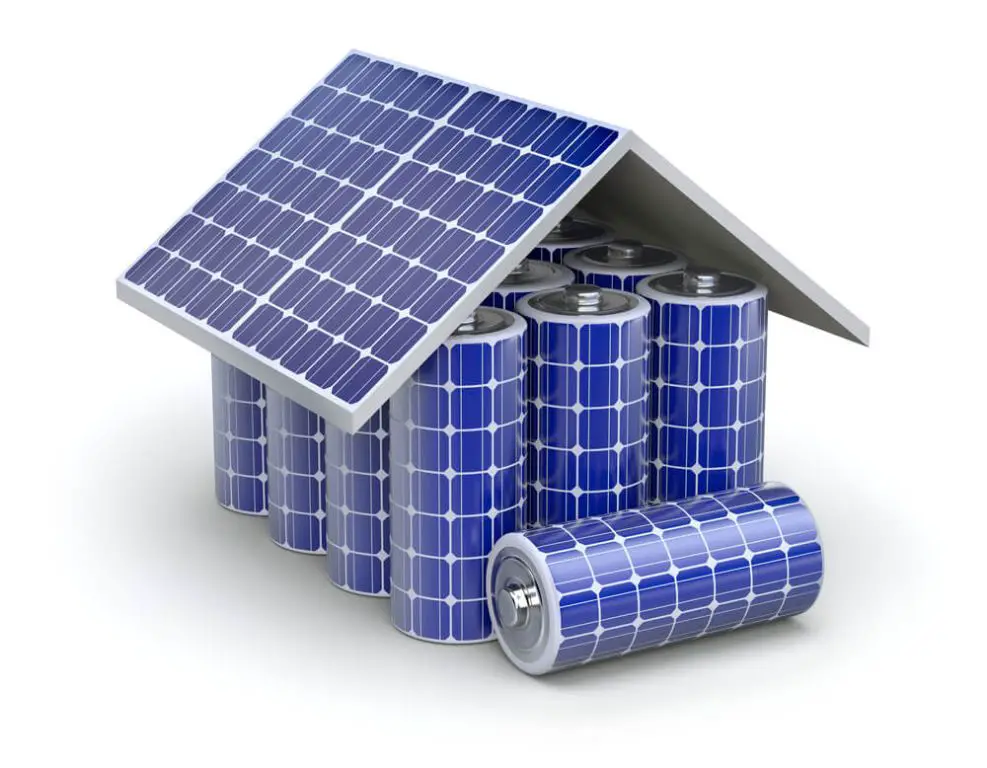
One of the key challenges with solar power is storing the energy captured from sunlight so it can be used when the sun is not shining. There have been major advancements in solar energy storage technologies in recent years.
Batteries are one approach for storing solar energy. Lithium-ion batteries have become a popular choice and costs have declined significantly. Research is also underway on new battery chemistries and technologies that can store more energy, last longer, and reduce safety risks. Flow batteries are another promising technology for grid-scale solar storage.
Thermal energy storage allows heat from the sun to be captured and stored for later use. This can be in the form of molten salt, steam, ice, rocks, or phase change materials. The stored heat can be used to generate electricity on demand. Thermal storage provides an efficient long-duration solar storage solution.
Hydrogen from solar power electrolysis is also gaining interest for energy storage. Excess solar electricity can be used to split water into hydrogen and oxygen. The hydrogen can then be stored and later converted back into electricity in a fuel cell when needed. Hydrogen offers very long-term solar energy storage potential.
Innovations in Solar Tracking
Solar tracking systems maximize energy production by moving solar panels to follow the sun’s path across the sky. Early solar arrays were fixed in place, but solar tracking systems can increase energy production by 25-40%. There are two main types of solar trackers:
Single-Axis Trackers
Single-axis trackers have one axis of rotation allowing the panels to move east to west and follow the sun’s daily motion. Single-axis trackers are relatively simple and inexpensive to produce. They can increase energy production 15-25% compared to fixed arrays. New single-axis designs incorporate flexible connections between modules to reduce maintenance costs.
Dual-Axis Trackers
Dual-axis trackers have two axes of rotation enabling panels to follow the sun’s east-west and north-south movement precisely. This maximizes solar radiation capture as the panels remain perpendicular to the sun’s rays throughout the day. Dual-axis trackers boost energy production 25-40%, but have higher complexity and costs than single-axis designs. Recent innovations focus on streamlining drive systems and improving robustness.
In summary, solar tracking advances allow panels to align optimally with the sun’s position in the sky. Dual-axis trackers provide the highest energy gains but are more complex. Single-axis trackers offer a simpler, more cost-effective tracking solution.
Floating Solar Farms
A unique opportunity for harnessing solar power is utilizing bodies of water like lakes, reservoirs, and ponds. Solar energy can be generated by installing photovoltaic panels that float on the surface of the water.
Compared to ground-mounted systems, floating solar farms have numerous advantages:
- Makes use of unused space on water surfaces
- Can reduce water evaporation and algal growth
- Keeps panels cooler, boosting efficiency
- Avoids taking up valuable land
- Provides shade for aquatic life
With most of the Earth’s surface covered by water, floating solar technology presents an enormous opportunity for clean energy generation. Several floating solar farms already exist in places like China, Japan, India and Europe. As the technology continues to advance and costs decline, we can expect to see many more in the coming years.
Solar Windows
One exciting solar energy innovation is the development of transparent solar panels that can be installed as windows. These solar windows contain photovoltaic cells that are nearly invisible, allowing sunlight to pass through while also generating electricity.
Advancements in organic solar cells and thin flexible panels have enabled the creation of solar windows. Organic solar cells use carbon-based materials that can be transparent and colored. Thin-film solar technology uses an ultra-thin layer of photovoltaic material that allows some light to pass through.
Companies like Ubiquitous Energy are developing completely transparent solar panels by using a grid pattern of photovoltaic strips, leaving space in between for visible light to shine through. This makes the glass appear clear while still absorbing ultraviolet and infrared light to produce electricity.
Solar window technology can transform skyscrapers into vertical power stations. Installing solar glass on a 50-story building could generate over 1 MW of clean energy. Incorporating solar panels into window glass also provides an aesthetic advantage over rooftop solar panels.
As solar window technology continues advancing, we may see more buildings utilizing solar glass facades, overhangs, and skylights. Solar windows have the potential to turn the vast surfaces of modern architecture into clean energy generators.
Space-Based Solar
Space-based solar power is a concept of collecting solar power in outer space and transmitting it wirelessly to Earth. Some of the main advantages of space-based solar include:
Higher Solar Intensity – Solar intensity outside Earth’s atmosphere is up to 30% higher than on Earth’s surface, enabling more efficient energy collection.
Uninterrupted Collection – Space-based solar can collect energy around the clock without interference from nighttime, clouds, or weather events.
Large Collection Areas – Arrays in space can be massive, since launch costs are amortized over very large collection surfaces.
No Storage Needed – The constant collection allows power transmission to Earth as needed, without the need for storage.
While the concept faces some technological hurdles, many experts believe space-based solar will become a viable part of our energy infrastructure in the future. With continuing advances in space technology and wireless power transmission, space-based solar may one day play a major role in supplying clean, renewable energy to Earth.
Artificial Photosynthesis
One innovative area of solar energy research is artificial photosynthesis. This involves mimicking the natural process of photosynthesis that occurs in plants. Through photosynthesis, plants are able to convert sunlight, water, and carbon dioxide into chemical energy. The goal of artificial photosynthesis is to use technology to replicate this process as an energy source.
Researchers are exploring various methods for artificial photosynthesis. One approach involves using photoelectrochemical cells that can split water into hydrogen and oxygen when exposed to sunlight. The hydrogen can then be collected and used as a clean fuel source. Scientists are also working on developing photocatalytic materials that can convert carbon dioxide into hydrocarbon fuels.
Artificial photosynthesis provides an attractive model for solar energy. It utilizes free and abundant resources like sunlight, water, and carbon dioxide. The fuels and chemicals produced can be stored and transported for on-demand use. While still an emerging field, artificial photosynthesis holds significant promise as a next-generation solar technology.
Solar Roadways
An innovative idea for harnessing solar power is to integrate photovoltaic cells into roads, sidewalks, and parking lots. This concept, known as solar roadways, utilizes the vast amount of surface area covered by pavement and converts it into solar energy generators.
Companies like Solar Roadways have developed hexagonal solar panels that can replace traditional asphalt and concrete. These panels contain solar cells to generate electricity, LED lights for markings and signage, and heating elements to melt snow and ice. The panels can withstand heavy vehicle traffic, while producing clean and renewable energy.
Installing solar roadways on highways, roads and parking lots in cities could produce massive amounts of solar power right where it’s needed. Solar road and sidewalk panels could also power streetlights, traffic signals, electric vehicle charging stations and surrounding buildings.
The solar roadway concept offers the potential to turn infrastructure into an energy source instead of just a passive platform. While there are still challenges to overcome in terms of costs and durability, integrating solar power into roads, sidewalks and parking lots could play a significant role in transitioning to renewable energy in the future.
Conclusion
In conclusion, solar energy has massive potential to transform our energy system and help combat climate change. Advancements in solar panel efficiency, storage, and novel technologies like floating solar farms, solar windows, and space-based solar will continue to make solar more viable and cost-effective. While solar currently provides only a fraction of global energy needs, it is the fastest growing renewable energy source. With continued innovation and investment, solar may one day become a leading source of electricity around the world.
The outlook for solar energy is bright. Costs continue to fall rapidly, and many expect solar combined with storage to be cheaper than fossil fuels in most locations soon. Supportive government policies can help accelerate adoption. However, challenges remain around scaling up manufacturing, grid integration, land use constraints, and enabling technologies like storage. Much work remains to fully transition to a high solar energy future. But the progress made so far shows that with human ingenuity and determination, solar has immense potential to displace fossil fuels and usher in a new energy era.

